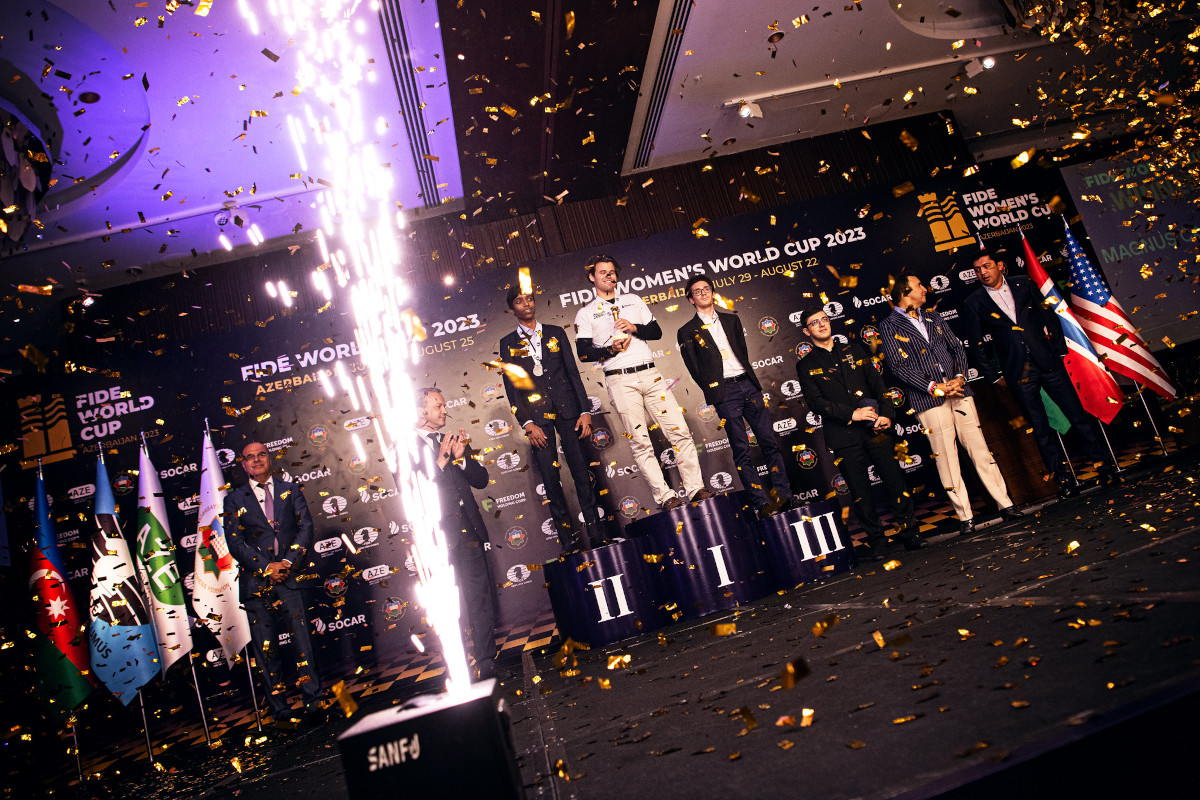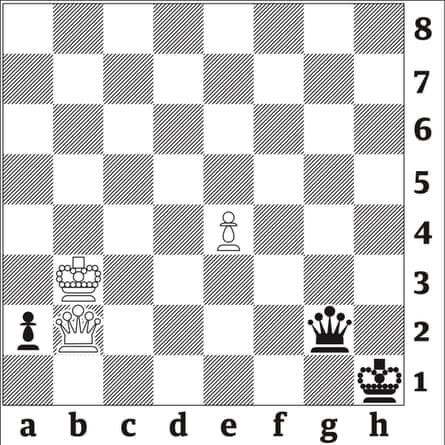Chiba University researchers show the hydrogen evolution reaction activity of a GoldNickel/Gold electrocatalyst increases due to surface defects formed via Nickel dealloying. Gold (Au)-based electrocatalysts used for hydrogen production via water electrolysis exhibit high chemical stability but low hydrogen evolution reaction (HER) activity. Alloying them with nickel (Ni) can improve their HER activity.
Now, a team of researchers from Chiba University, led by Associate Professor Masashi Nakamura from the Graduate School of Engineering and including doctoral student Syunnosuke Tanaka from the Graduate School of Science and Engineering and Professor Nagahiro Hoshi from the Graduate School of Engineering, has bridged the gap in the understanding of AuNi electrocatalysts.
In their recent breakthrough article published in ChemElectroChem, the team investigated the surface structure, atomic arrangement, and HER activity of AuNi surface alloys prepared at different alloying temperatures on single-crystal Au electrodes.
During the study the team investigated the HER activity and surface properties of AuNi alloy prepared on single crystal Au surfaces, revealing the atomic structural changes and surface sites responsible for enhanced HER activity of AuNi/Au catalyst during electrolysis.
An electrochemical cell is used to split water, and the hydrogen gas gets released at the negatively charged electrode in hydrogen evolution reaction (HER). Catalysts are used to lower the HER overpotential – the difference between the theoretical cell voltage and the voltage required to carry out hydrogen evolution – for making the process more efficient.
Recently, an alloy of gold (Au) and nickel (Ni) showed promising HER activity. While the electrochemical properties of AuNi have been well studied, not much is known about its surface structure and atomic composition, which dictate the electrocatalytic activity of a catalyst.
Dr. Nakamura discussed the motivation behind the present research, “Rare and highly expensive metals like platinum are commonly used as catalysts for water electrolysis. While Au shows high chemical stability as a catalyst compared to platinum, it suffers from low HER activity. Now, AuNi nanoparticles have emerged as a promising non-platinum alternative, and it is crucial to improve their HER activity further.”
Related: Shale E&Ps In High-Gear Consolidation: Big Fish Seize Top-Tier Acreage
The team transferred the AuNi/Au electrode to an electrochemical cell with 0.05 M sulfuric acid to perform cyclic voltammogram (CV) and linear sweep voltammogram (LSV) measurements, evaluating its HER activity. The surface properties of the AuNi/Au catalyst were also analyzed using X-ray photoelectron spectroscopy (XPS) and surface X-ray diffraction (SXRD) techniques.
The CVs and LSVs revealed that the HER activity of AuNi/Au depended on the surface structure of the Au substrate, with (110) surface resulting in the highest activity followed by (111) and (100), respectively. Also, the surface alloy improved the HER activity via Ni dealloying. This was verified by XPS and SXRD, wherein the team observed a decrease in the atomic occupancy on the topmost layer of the surface caused by the dissolution of Ni from the surface-alloy layer. The Ni dealloying process created defects on the surface, and the low-coordination Au sites adjacent to Ni activated the HER.
The present study provides insights into the structural and electrochemical properties of AuNi surface alloy, showing the way for highly active and durable Au-based catalysts for practical electrolysis and fuel cell applications.
“Designing effective non-platinum electrocatalysts can reduce the cost of water electrolysis and also improve its energy conversion efficiency, which is crucial for accelerating toward a hydrogen-driven society,” concluded Dr. Nakamura.
***
Water splitting using platinum is considerably more expensive than just the cost of the electricity. The platinum erodes away, so to speak, at considerable maintenance time and expense. Gold with its propensity to stay put, might offer a much more practical catalyst for electrolysis someday.
That makes this team’s work so interesting. The goal of safely stored cheap hydrogen fueling a fuel cell energizing a personal vehicle is still very much a dream. Its a lot closer than a decade ago and we have a much better idea of what its going to take to get us there.
And there is quite a way to go. But it is looking like a dream that can come true.
By Brian Westenhaus via Newenergyandfuel.com




